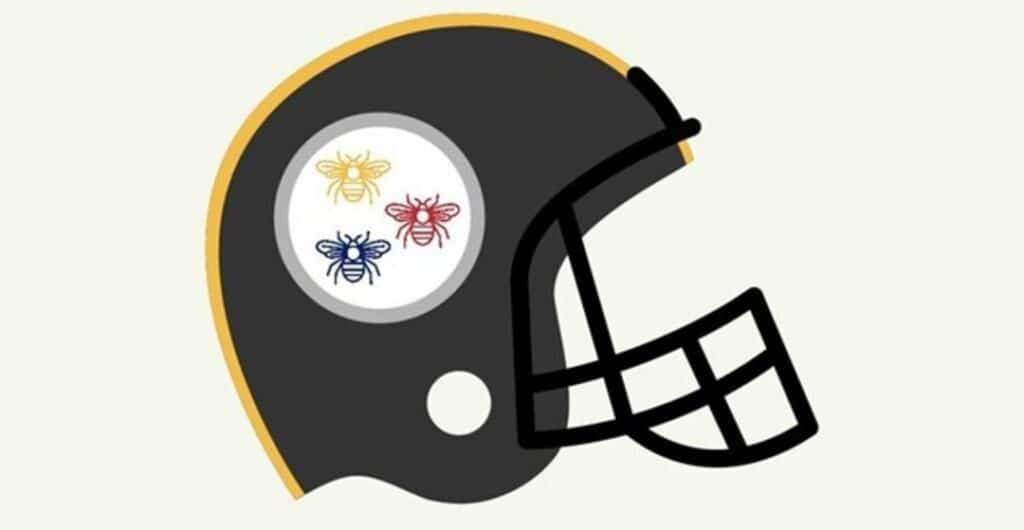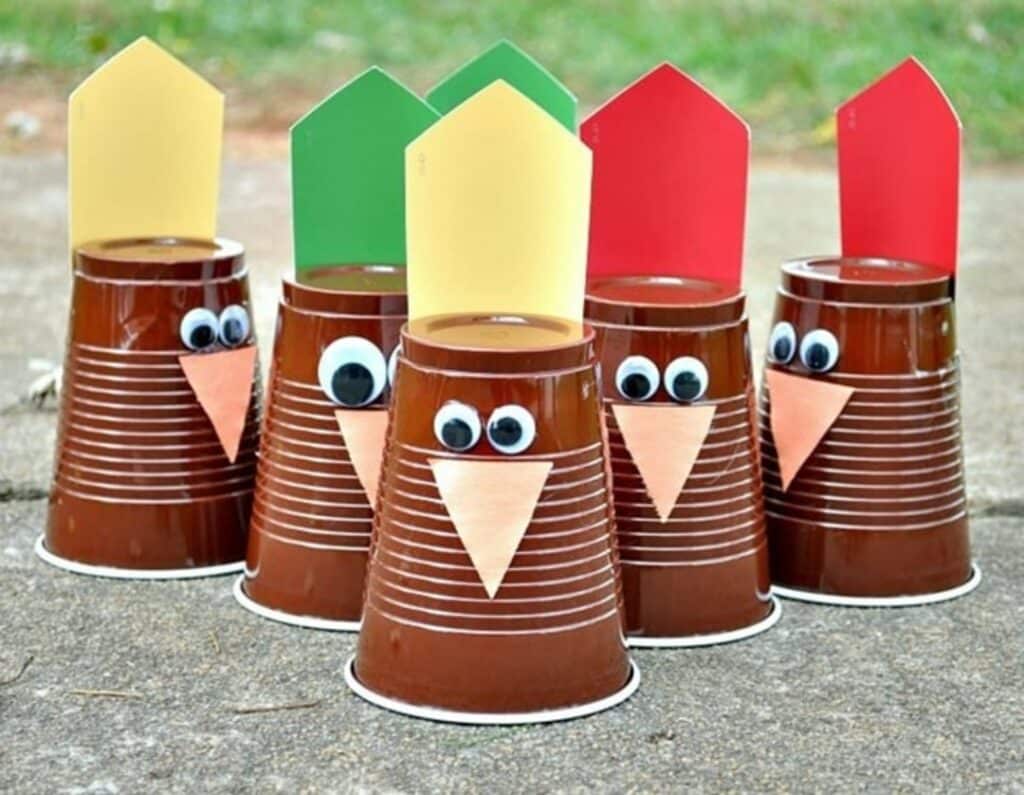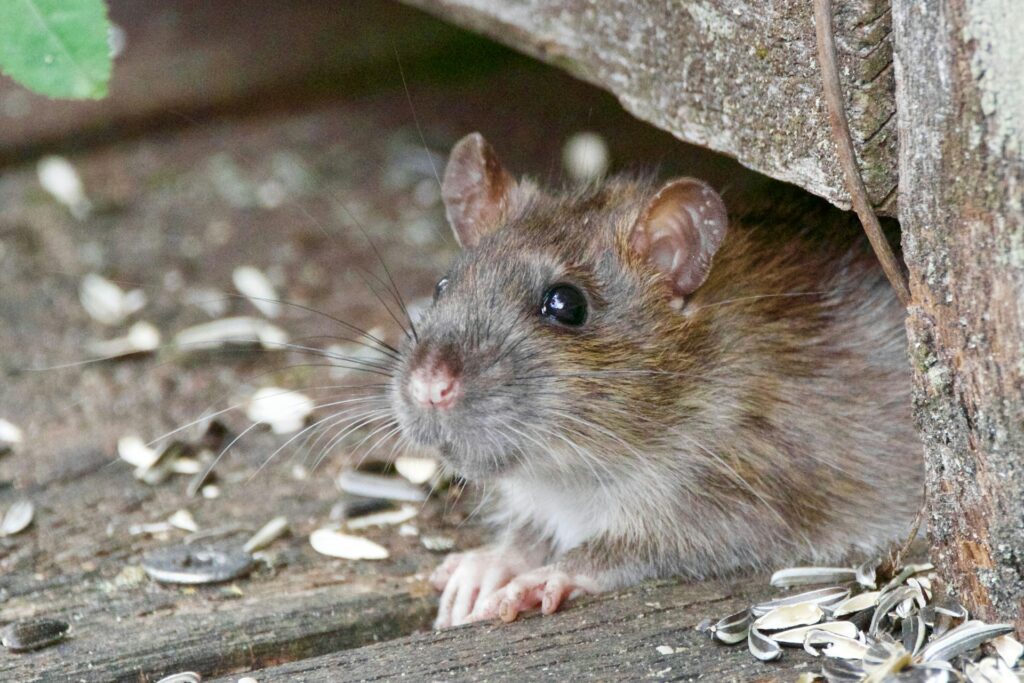Picture this: It’s a hot summer day. You don’t have anywhere you need to be. You change into your swimsuit, apply some sunscreen, grab an inflatable raft, and head outside to the pool. The water glistens in the sun – it’s your very own outdoor oasis. However, as you approach the pool, you realize you aren’t going to be the only one enjoying the pool today. Some unwanted guests have decided to join you – bugs.
Just like humans, insects are attracted to water when the weather gets hot. After all, what could be a better source of moisture than a backyard swimming pool? When it comes to swimming pool bugs, there are a few usual suspects you’ll typically come across – the water boatman, the backswimmer, and the springtail. Additionally, there’s a good chance you will come across some beetles as well as wasps and dragonflies buzzing around your pool. Any one of these pests can put a damper on your summertime fun.
The Water Boatman
Because water boatmen have been known to feed on mosquito larvae, most people actually consider these to be beneficial insects. Despite their mosquito control efforts, it’s completely understandable to not want them in the swimming pool.
Water boatmen are named for their boat-shaped bodies and oar-like legs. Water boatmen are typically less than 1/2 inch in length and swim in rapid, plucky movements. Water boatmen tend to skim the water’s surface, but when they are underwater, they will use an air bubble in order to breathe. They will surface when the air bubble runs out of oxygen. While water boatmen don’t pose much of a threat and won’t bite you, they can be problematic for pool owners because they attract backswimmers.
The Backswimmer
Where water boatmen go, backswimmers tend to follow. Not only do backswimmers, feed on water boatmen, but they also look a lot like water boatmen. However, unlike water boatmen, backswimmers bite. Furthermore, their bite feels similar to a bee sting. As a result, you definitely don’t want these guys in your pool.
Like water boatmen, backswimmers use oar-like legs to navigate the water. They are also around the same size as water boatmen. To make things even more confusing, backswimmers are able to blend in with their surrounding environment through countershading. For example, if you were to look at a backswimmer from above, they are able to blend in with the bottom of their environment. If you were to look at a backswimmer from below, the coloring on their backs resembles the water or sky.
The Springtail
At about 1/16 of an inch in size, springtails are tiny. Their most distinguishing feature is their tail-like appendage, or furcula, which folds beneath their abdomen. If threatened, a springtail will release their furcula and spring into the air (hence the name).
Unlike water boatmen and backswimmers, springtails aren’t interested in making a habitat out of your pool. Most of the time springtails fall in by accident. Even though they aren’t a threat to humans, springtails can be a nuisance for pool owners. Because individual springtails form masses and clump together, they can cover a large portion of your pool’s surface area. If you have springtails coating the surface of your pool, you’re definitely not going to want to get in it.
How to Keep Bugs Out of Your Pool
For those particularly vexed by beetles and other crawling bugs in their pools, some additional focused strategies can be effective. Beetles, while less common, can be lured away from the pool area with specific traps or natural repellents that target their unique preferences. Similarly, to address water striders that skim the surface, reducing vegetation around the pool can help as these insects prefer areas with plentiful foliage for hiding and breeding. Keeping the area clear not only reduces foliage but also minimizes the insects’ reasons to visit your pool.
Keeping bugs out of the pool can require some trial and error. However, there are some preventative measures you can take to make your swimming pool less attractive to common pool bugs. If you are tired of dealing with bugs in your swimming pool, here are a few steps you can take:
- Exchange current light bulbs for bulbs less likely to attract insects.
- Keep your grass mowed and any landscaping under control in order to limit breeding areas.
- If possible, enclose your pool with a screen.
- Use a pool cover when the pool is not in use.
- Eliminate pools of standing water and fix any areas with poor drainage around your pool area.
- Test chlorine levels regularly in order to kill any bugs that do get in your pool.
- Hire a professional pest control service.
You should be able to go for an afternoon swim whenever you want. Whether you are dealing with pests in the pool or around your pool area, a professional pest control service can take care of the situation. When it comes to getting rid of outdoor pests, there are usually a lot of environmental factors at play. An Aptive professional will take all of these variables into account and set your home and property up for success. If pests are making your backyard miserable, call your local Aptive Environmental branch today.









